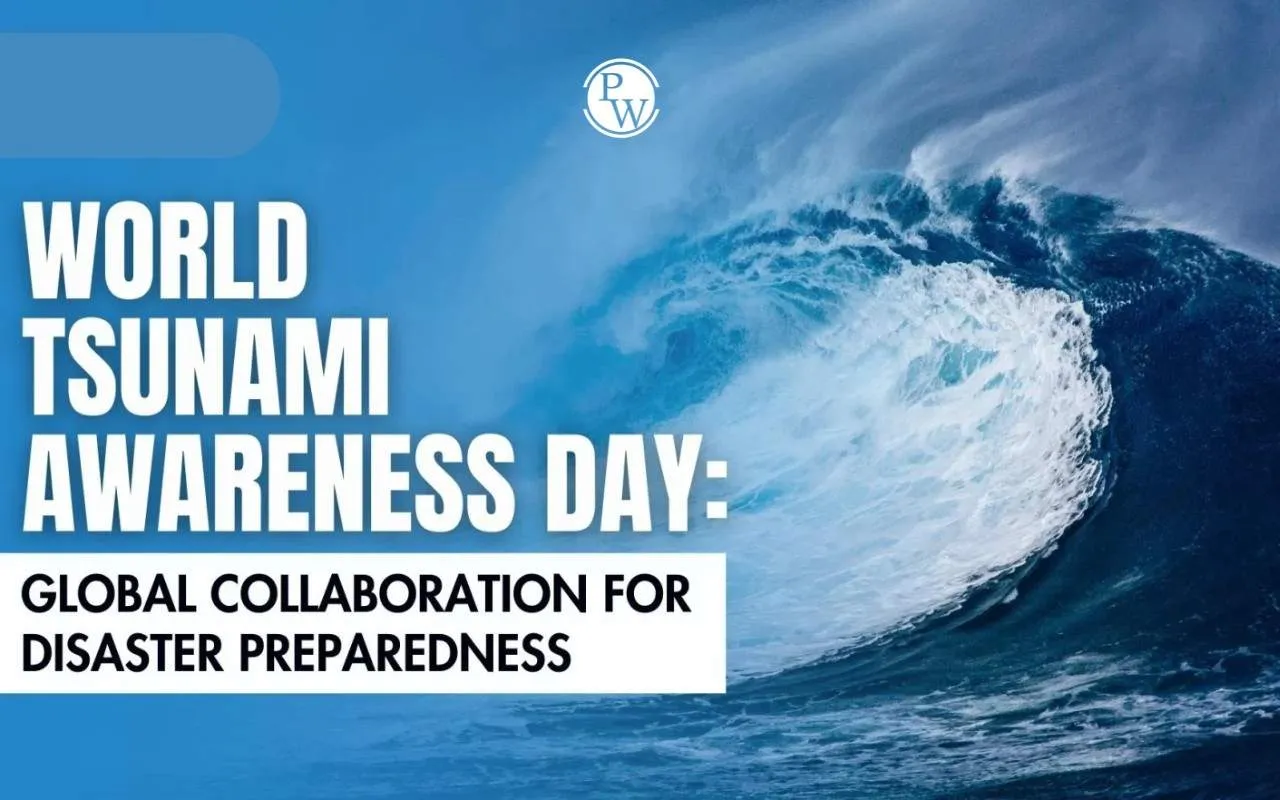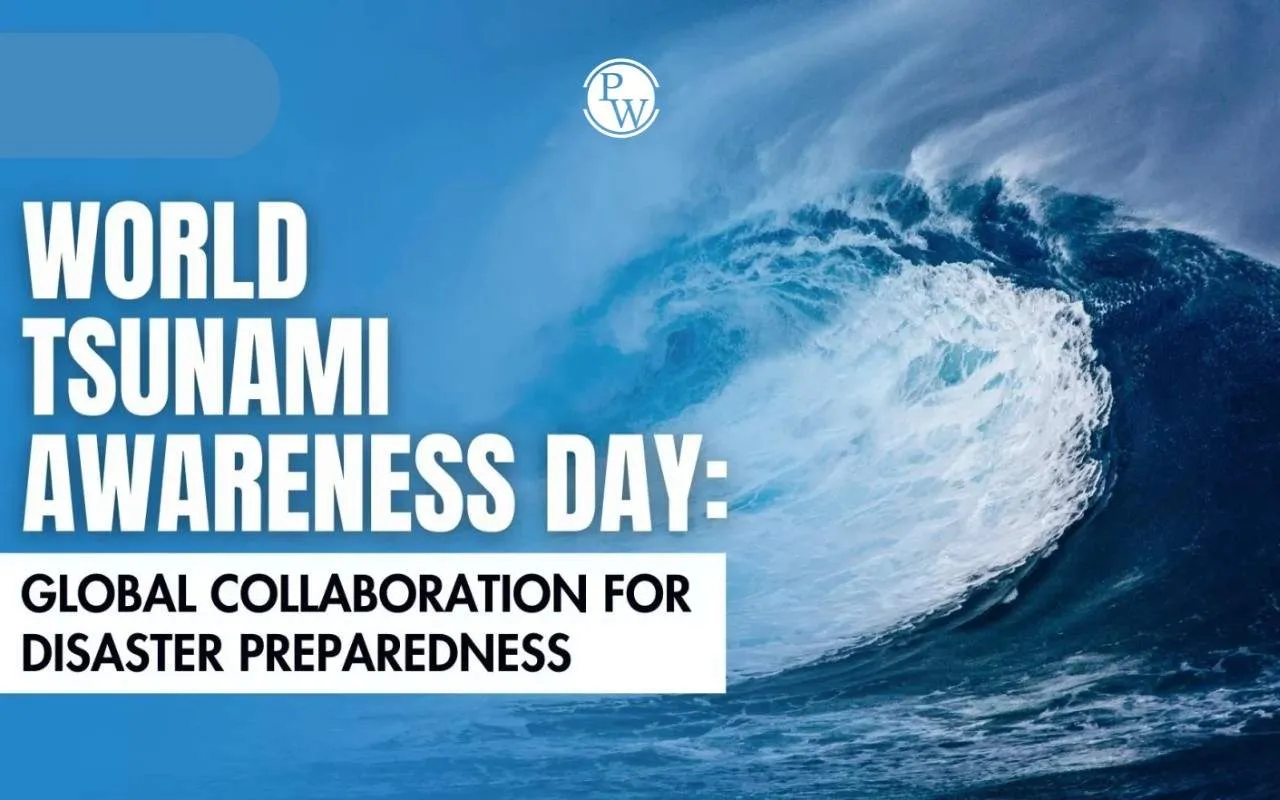

World Tsunami Awareness Day 2025, celebrated on November 5, is an opportunity to consider the importance of tsunami preparedness and early warning systems. Established by the United Nations in 2015, this day encourages investing in infrastructure, community training and resilient coastal plans to mitigate tsunami hazards.
Drawing from a Japanese story of a farmer who saved his villagers from an approaching tsunami by burning piles of rice sheaves nearby before the wave arrived, the day's intent is to promote awareness, early warning and disaster readiness around the world. With rising seas, and growing populations on coastlines, tsunami preparedness is paramount for protecting lives and communities around the world.
What is World Tsunami Awareness Day?
World Tsunami Awareness Day serves as a platform to educate people about tsunami hazards, their causes, and effective ways to mitigate impacts. By emphasizing proactive preparedness, it aims to reduce future loss of life and economic damage. Community involvement, sustainable coastal planning, and technological innovations in warning systems are promoted globally.
Why is Tsunami Preparedness Important?
Tsunamis can devastate vast geographic areas with massive waves triggered by underwater earthquakes or volcanic eruptions. Early warning systems and evacuation plans save precious time for people to reach safer zones. Being tsunami ready means having the knowledge to respond swiftly and effectively.
How Does the World Observe This Day?
Countries hold public educational sessions, drills, and awareness campaigns on November 5. Parents take their children to schools to help them understand what warning signs to look for with an approaching tsunami. Local authorities conduct simulations for the public and update infrastructure for their response to disasters. Social media campaigns communicate valuable safety messages.
World Tsunami Awareness Day Theme
The 2025 World Tsunami Day theme, "Be Tsunami Ready: Invest in Tsunami Preparedness," focuses on proactive measures, including risk assessment and infrastructure resilience, to protect millions living in tsunami-prone coastal regions. This annual observance is a crucial reminder of collective responsibility to build safer, more resilient communities worldwide through awareness, technology, and coordinated efforts.
The Role of Japan in Tsunami Awareness
Japan, stricken by the 2011 Tohoku tsunami, leads the world in tsunami preparedness. It uses advanced early warning technologies combined with annual community drills, setting global standards. Its experiences underscore the vital role of preparedness and community education.
